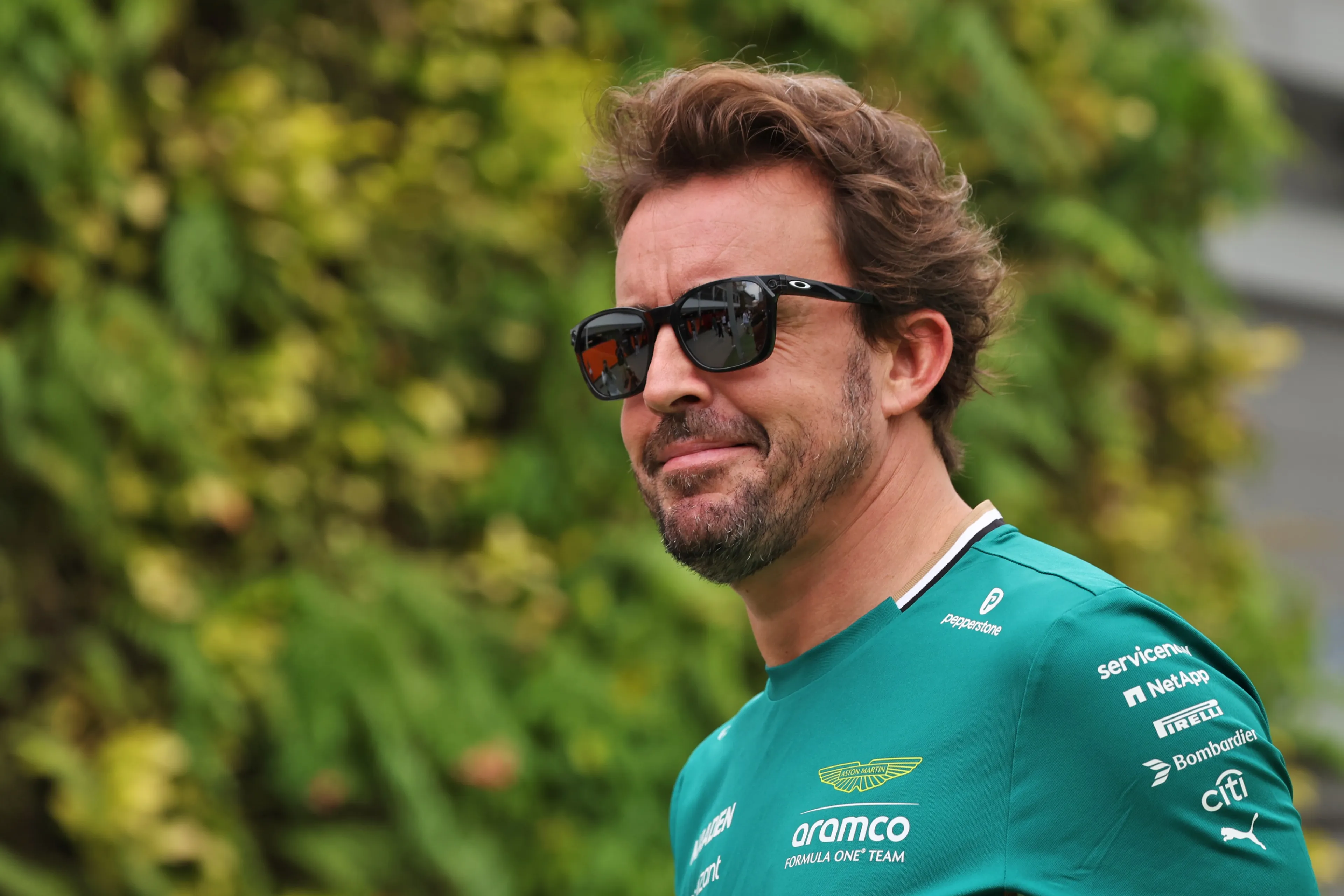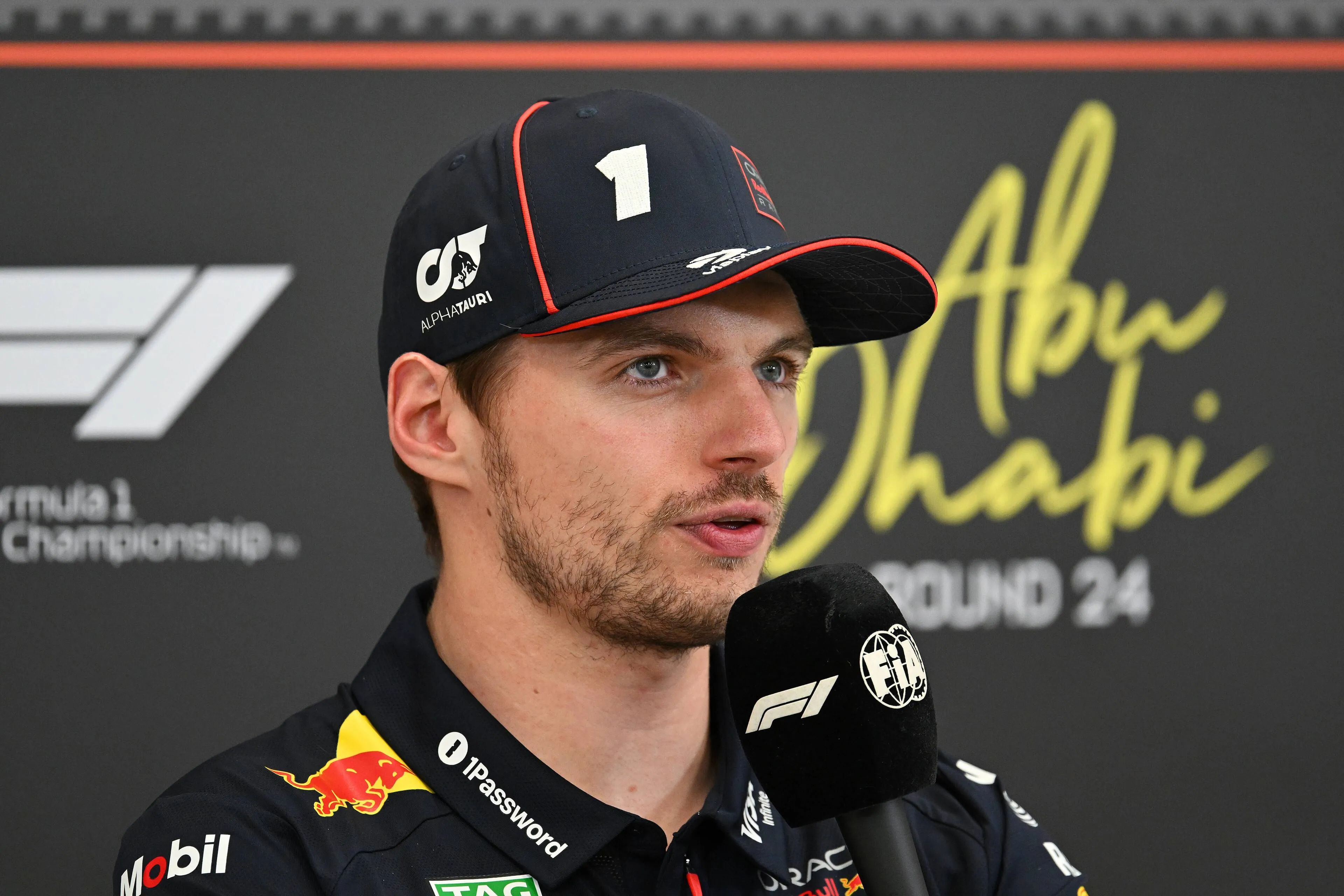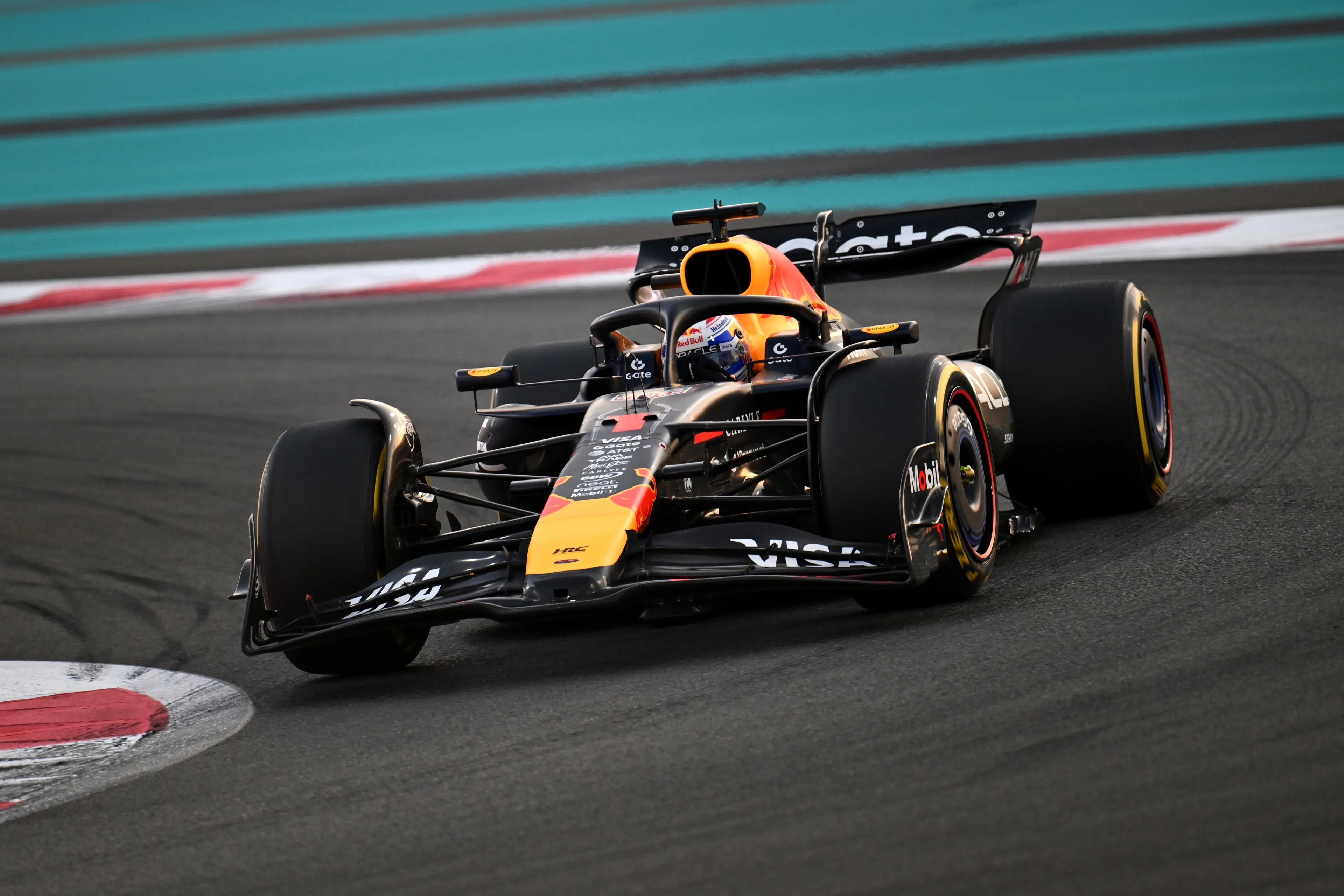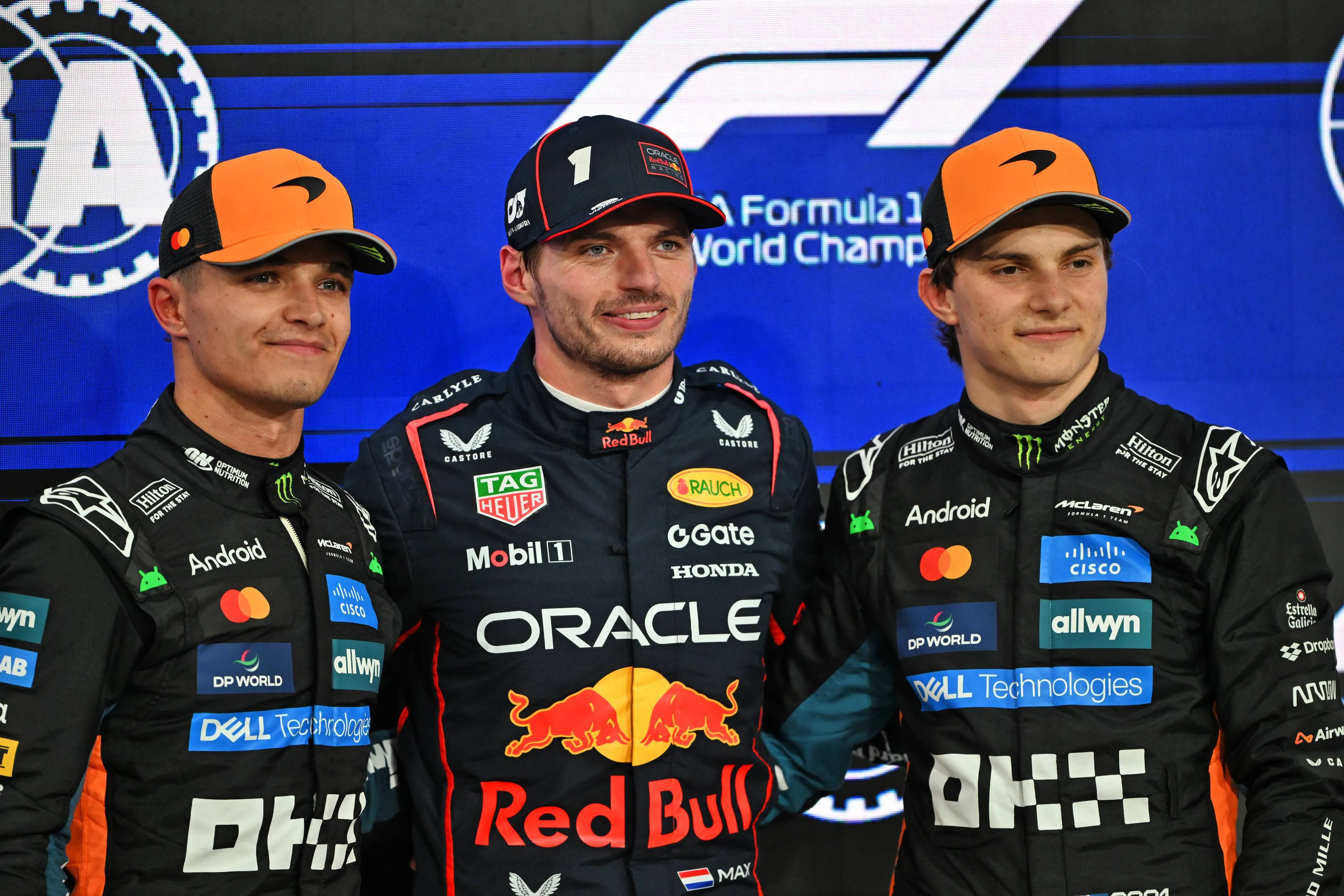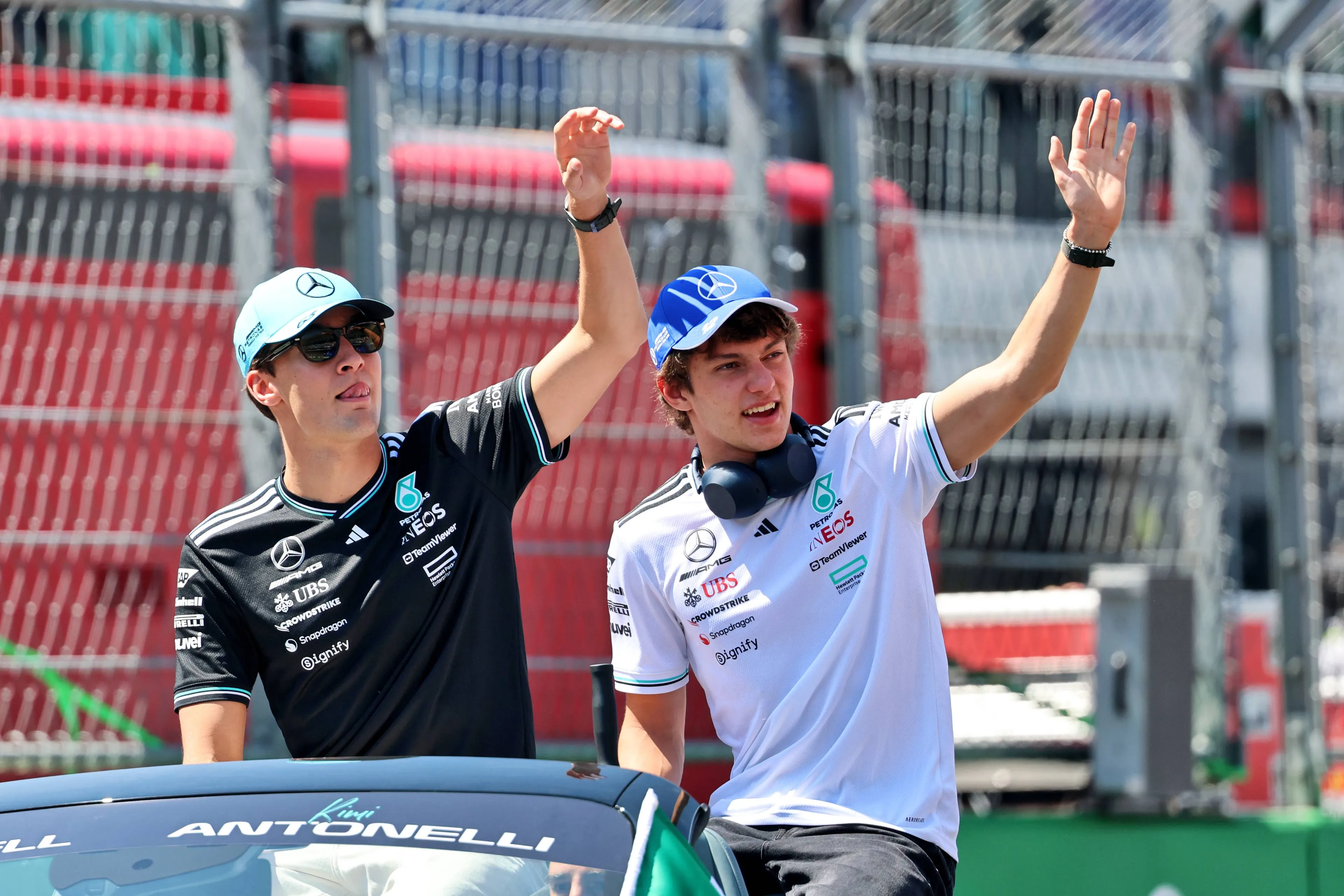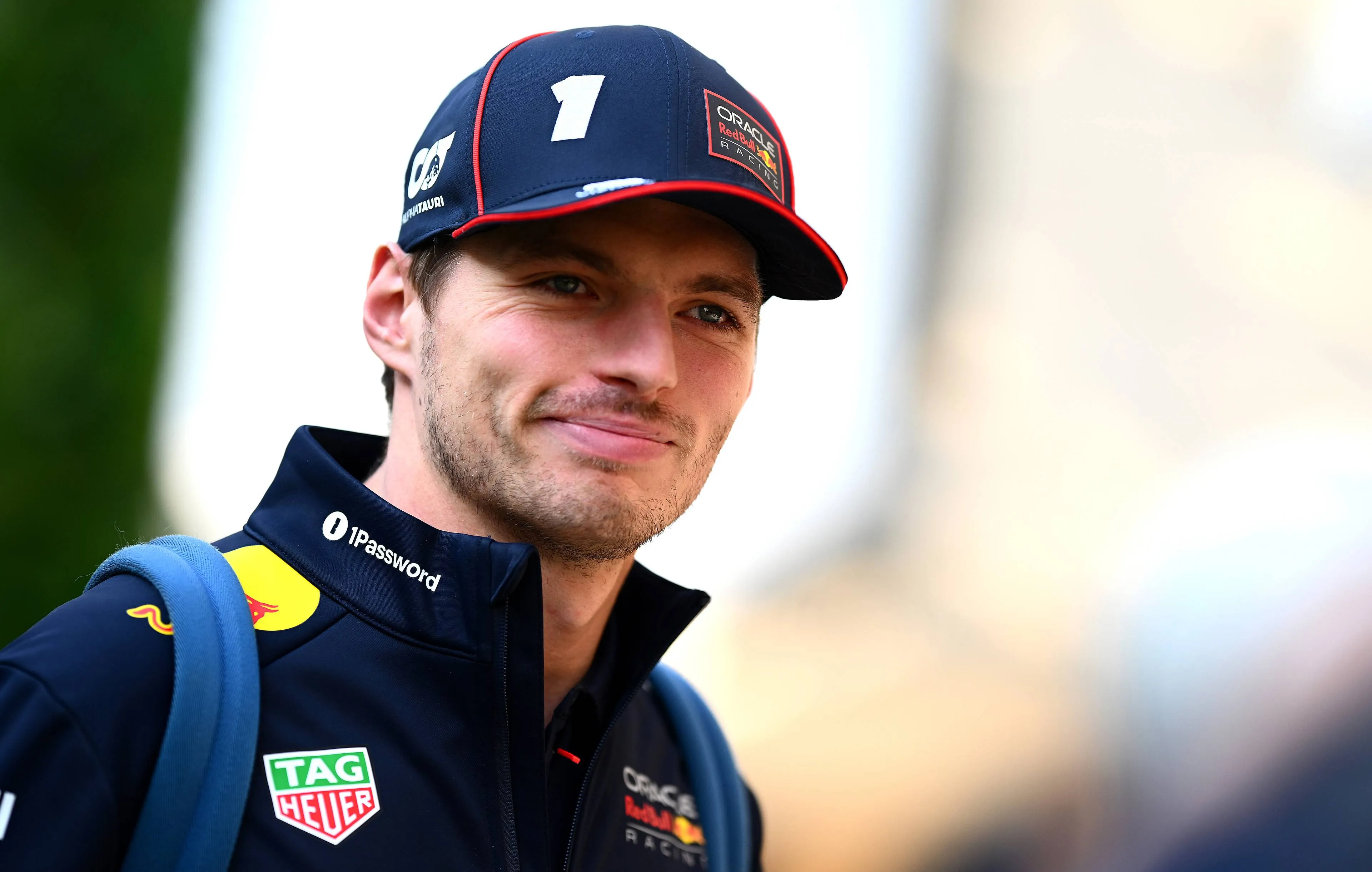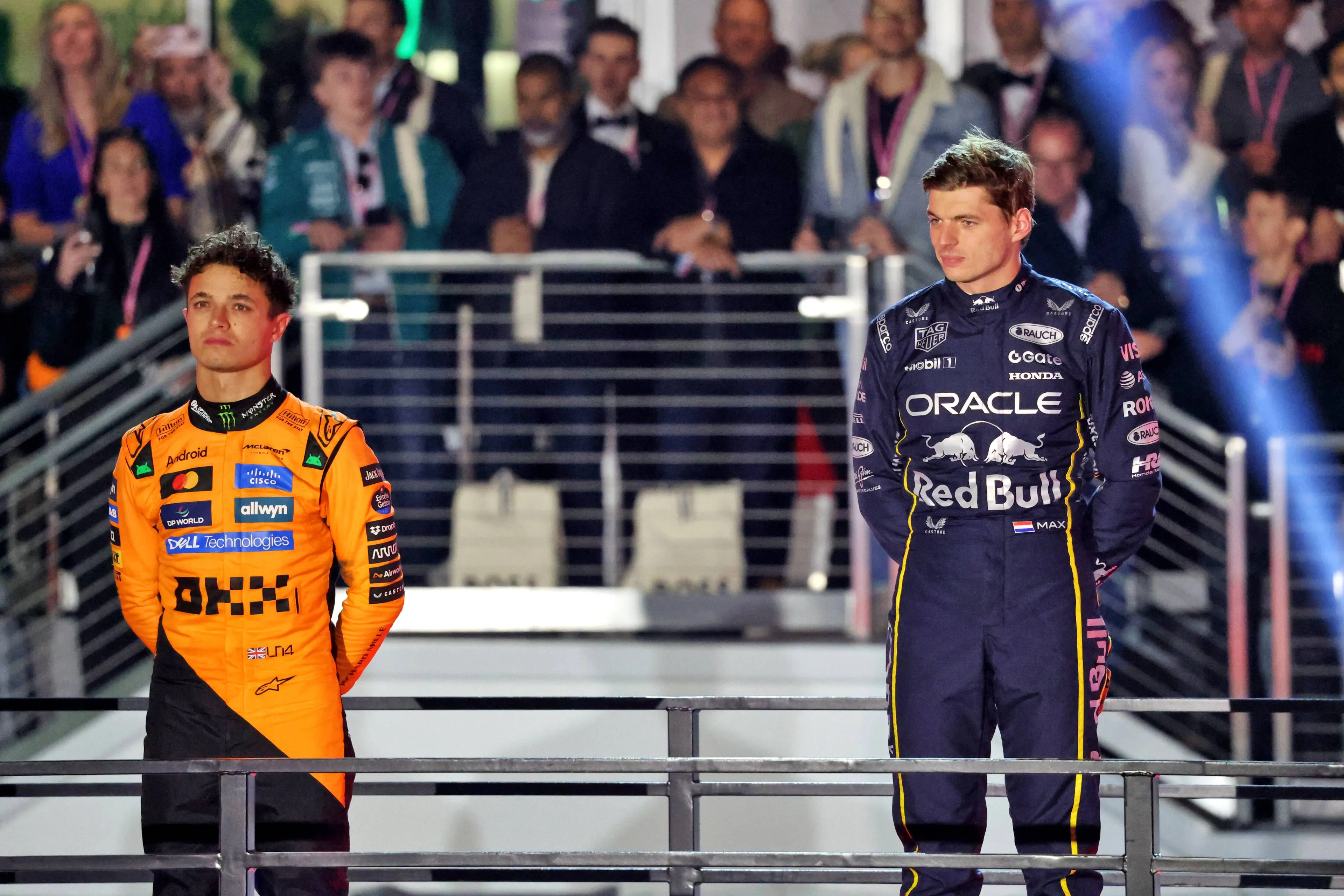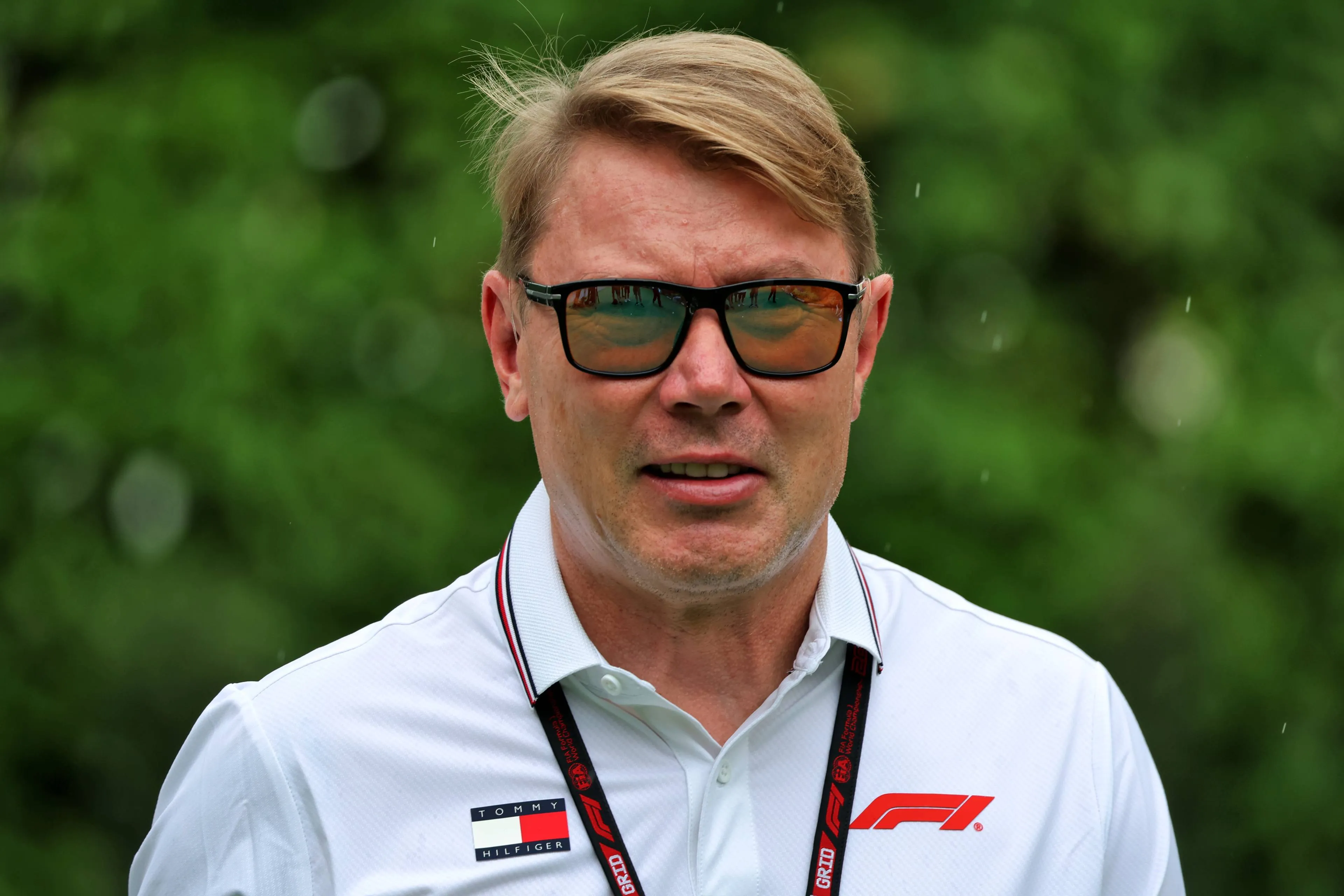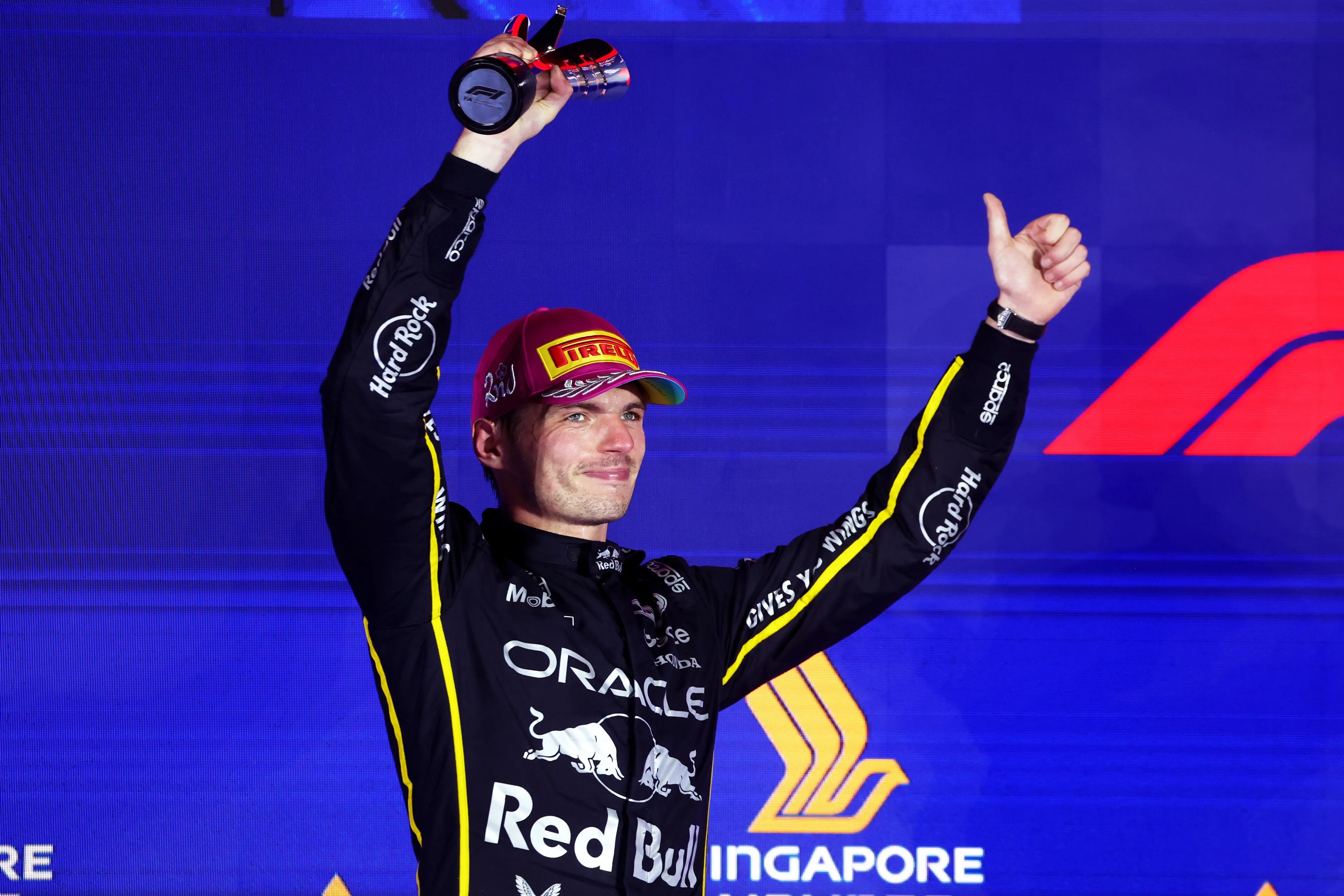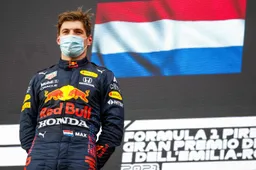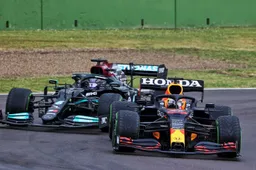Haas has suffered heavily in the last two races, finishing at the back of the grid in both races. 2021 looks set to continue with these difficulties, with most pundits and fans expecting the team to finish last in the standings. But will it continue down this path for the future?
Backstory
Haas has experienced two consecutively troubled seasons. In 2019 they struggled with a bad upgrade added in Bahrain, resulting in high tyre overheating and in 2020 they had to cope with an underpowered Ferrari engine. This year, team principal Gunther Steiner declared that Haas would run a very limited development program on their current car. This, combined with the signing of two rookie drivers wouldn’t seem to help their positioning either. So, it comes as no surprise that 2021 seems like another year following that painful trend. But here’s why Haas believes that things look on the up for 2021 and onwards.
Funds
It’s a well-documented fact that Haas is heavily sponsored by Uralkali - the Russian fertilizer company - partially owned by Nikita Mazepin’s father, Dmitry Mazepin. One would expect, with Nikita being in the team, that there would be a significant flow of funds from the Uralkali sponsorship towards the team’s accounts. German web hosting company, 1&1, has also recently come on board, likely buoyed by the fact that a German driver, Mick Schumacher, is racing for the team. By having both drivers in the team with the support from their major sponsors, Haas would be provided with greater financial resources for the long term.
Also, as the Concorde Agreement has been signed by the Haas team, one would expect Gene Haas to be still involved in supporting the team and their efforts. Yet, we shouldn’t expect him to endlessly fork out cash for the team’s development & other expenditures. The team is most likely depending on the cost caps playing in their favour and would require efficient allocation of resources. Until this efficiency can be fully reached, the Haas F1 Team would be benefitting from a more stable inflow of money to help push themselves up to reach the cost cap, and for better performance in the future.
Consistency
Consistency in the driver line-up should be expected for their future in F1. In the case of Mick Schumacher, his performances further along this season could make him stand out. However, with him being a Ferrari-backed junior, there seems to be little to no reason why any other team would pick him up, as he would seemingly be destined for the iconic Italian marque. Plus, Ferrari’s Carlos Sainz has displayed a strong work ethic that would seemingly keep him at Ferrari for the medium term, if not longer. This would mean Mick would likely be staying for a decent amount of time at Haas.
Looking at other drivers on the current grid who have wealthy relatives supporting their path into F1, and the minimal heat they generate in the driver market, it would seem that Nikita Mazepin would follow this trend. Not to mention, the significant sponsorship that he brings would mean that his position within the Haas team does not seem to currently be in jeopardy. Therefore, Mazepin would look to stay at Haas for the long term.
By keeping the drivers the same through these next few years, moments such as engineering debriefs, simulator sessions and driver feedback will become more fluent, as drivers and team personnel learn better communication techniques and patterns to reach conclusions. This paired with an entire year to build experience and understand the team’s aims and procedures would provide them with greater confidence going forward.
Looking forwards
Haas has already come out and strongly stated that there will be no development on the current car through the year, with the focus firmly set on 2022. While this sets expectations low for their current season, it shows Haas’s long term commitment to their sport, as well as an opportunity for pragmatic thinking. This will allow a greater provision of resources and focus on the next generation of F1 cars, aiming to provide themselves with an immediately better pace advantage.
By agreeing with Ferrari to bring Simone Resta into the Haas Technical department, it shows a greater connection between the iconic Italian marque and the fledgling American team. This will not only strengthen the long term connection between the two teams but allows a transfer of technical knowledge and prowess from a leading team, to a team that aims to be fighting at the front. This, in conjunction with the incoming Aerodynamic Testing Restrictions - which provides lower teams with greater WindTunnel usage - could provide a great deal of data & information to work with to correlate research and development with upgrade data.
As such, Haas is keeping their eyes forward, and aiming to restore their team to the loftier heights which they achieved in earlier years.
Read more about:
Popular on GPBlog
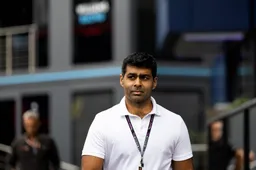
1
Ex-driver names one circuit he would axe from F1: ‘It's completely soulless’
2206 times read
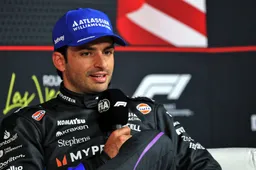
2
Sainz tipped as Alonso’s successor in potential Aston Martin move
779 times read
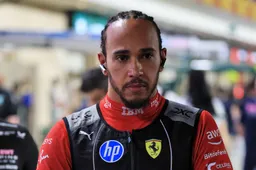
3
Hamilton gets backing of F1 icon after challenging Ferrari season
610 times read

4
Sky Sports pundit snubs Verstappen and Norris as best drivers of 2025
572 times read
Loading


